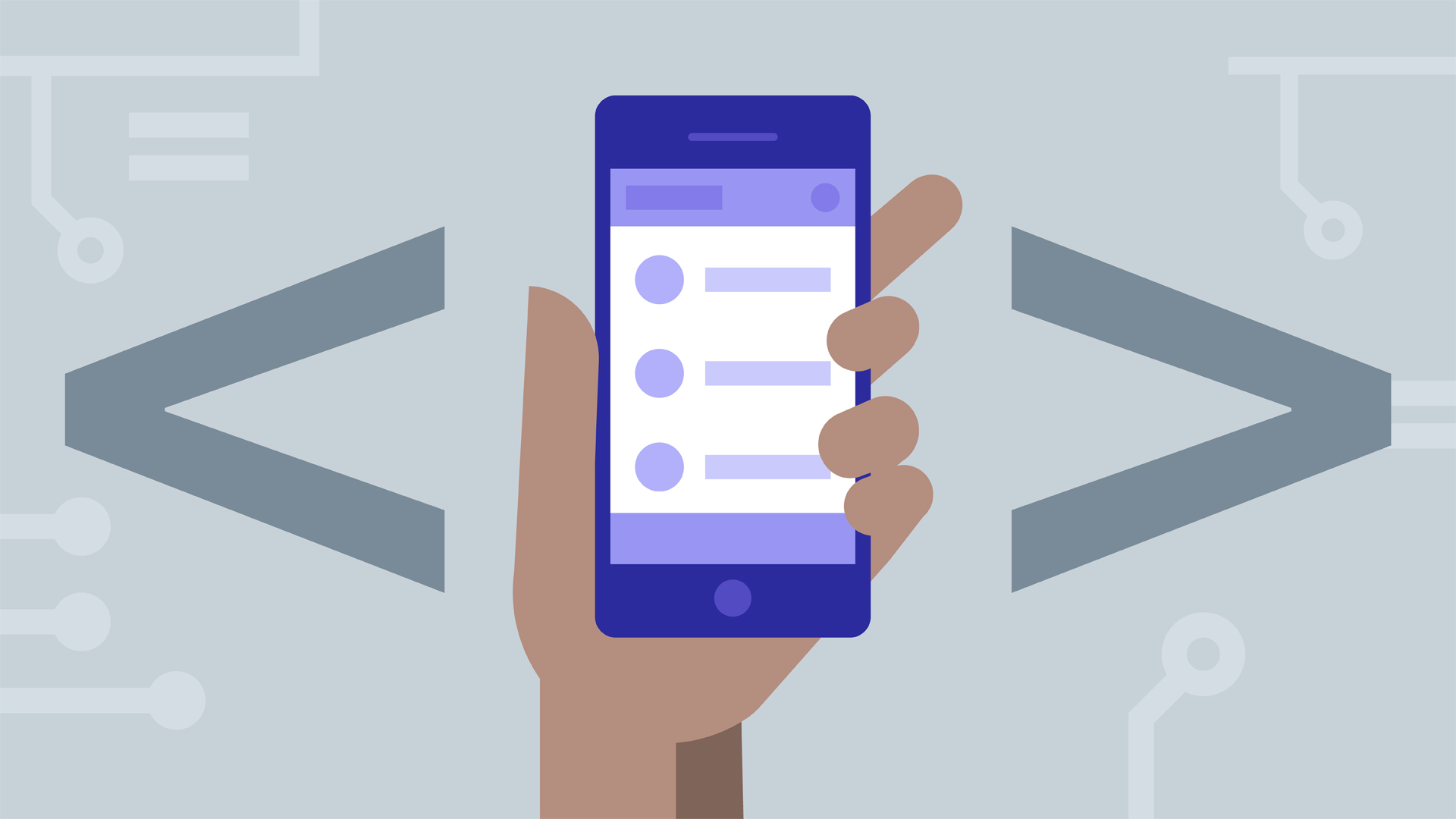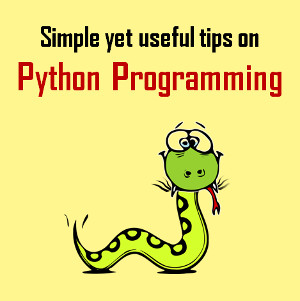Best Practices For iPhone App Development
Published on 05 January 18
1
0

Unlike their Android equivalent, an average iPhone owner is generally known to be more affluent and able to spend more because Apple and the iPhone are a premium brand. As a result, many app development companies are not relenting to build iOS apps because they consider Apple’s Platform to be a tastier prospect. There are still many apps that are being built for iOS devices that are yet not available on other platforms.
When it comes to iPhone app development, app developers are always instrumental in every step of the way. This is due to the complex nature of developing a native iOS app. If you are looking to see your app get through the design and coding phases, you must get to be an expert iPhone app developer with the right mix of skills.
There are certain steps and techniques that must be followed to ensure a smooth iOS app development process. Before you start developing iPhone apps, it is a good idea to get a lay of the land. If you are enthusiastic to build apps for iPhone, here are some of the best practices for iPhone app development that you should be concerned about.
Get familiarized with the basics
Before you can be called an iPhone app developer, you must have familiarized yourself with all the requisite methods and techniques of the development process. This also involves the coding aspect of iOS app development. As a matter of fact, no one would want to hire app developers India who do not possess the basic knowledge of developing profitable apps. To this end, you need to familiarize yourself with the actual development aspects of your app. These include those terms and technologies that are helpful during the process.
Throughout the development phases of the app development, you (the app developer) have a very critical role to play. Generally, you’d need to be able to rightly define your concept, apply the right wireframe, storyboard, UI design, prototyping, and coding. Along the way, there may be the need to establish a server-side architecture such as a database. Until the application is accepted on the App Store, an experienced iOS developer will continue to play a crucial role in providing necessary guidance and advice along the way.
It all begins with the User Interface (UI)
Before developing an app, you’d need to design an architectural framework with a user roadmap for your application’s information. Once this document has been created, you will need to lay out the relative screens (vies) that your users will require to interact with. The interface Builder and Storyboards are used to develop the User Interface. This provides the layout work for interactions between the user, the database, and the UI. This helps to give you a workable plan for both the front and back ends of your app. Consider it to be more like a mock-up for actual iPhone app development.
iOS apps are developed with objects
When it comes to iPhone application development, there is a design pattern every developer must follow. It is known as the MVC (model-view-controller) design pattern. This is the paradigm that is responsible for breaking down the code into three main functions namely controller, data, and views. Objects are the building blocks of any iOS app. Any of these three functions can be assigned to an object by the MVC app.
As a core principle of the application development process, you must not overlook the model-view-controller paradigm. It helps to ensure efficient communication between the data and the UI. Just so you know, there is no better way to develop an effective iOS app than this.
Every screen of your iPhone app features a data model that controls the display content, as well as a view. It may interest you to know that the flow between the data model and the view is controlled the software established by the MVC paradigm. It is important to note that this is the most central pattern that you will need to build your app.
Program an event
Every interaction occurring between a user, the UI, and the database is powered by an event-driven programming. Simply put, without an event, there will be no interaction. A user action triggers an event by sending a request, manipulating the application’s data and then sending the response back to the user. When you program an event, it helps to define the interactions required to drive your iPhone application’s data by laying the needed basis for all the code that will execute the logical pattern for your app.
Follow design patterns
One aspect of iPhone app design that helps to resolve a seemingly recurring problem is the design pattern. As a matter of fact, there are several patterns available for iOS app development. With these patterns, you can effectively write code in ways that are very easy to edit, extensible, and even more solid. They help to proffer meaningful solutions to common coding issues. You will need them to frame up the code that is written in your application’s subsequent phase. Design patterns can behavioral, creational or structural.
Front and back end development
Many iterations of feedback edits are required to organize the software architecture planning phase of any an iPhone app development project. It is your responsibility to ensure that whatever design you choose is scalable, optimized for performance, and well-supported on the back end. As a developer, you will need to have a deep knowledge on the use of Cocoa Touch framework, Swift, and Objective-C so as to be able to effectively construct the controller layer. You will also need to learn how to create your app model with the use of the Core Data framework and Foundation framework.
Ensure proper testing
After developing the app, it is crucial to ensure adequate testing for functionality. Also, ensure to obtain relevant user feedback. This can go a long way in helping to fix pre-existing bugs and ensure smooth efficiency

This blog is listed under
Development & Implementations
and Mobility
Community
Related Posts:
You may also be interested in
Share your perspective

Share your achievement or new finding or bring a new tech idea to life. Your IT community is waiting!

 Kenneth
Kenneth







Demonstrating the business case for application improvement. Distinguish your intended interest group. Research your client profile. Measure the expenses and advantages. Pick the building group. Settle on the advancement approach. Take after Human Interface Guidelines. Apart if you getting any serious and unexpected issue with your iPad than visit here Apple Application Support